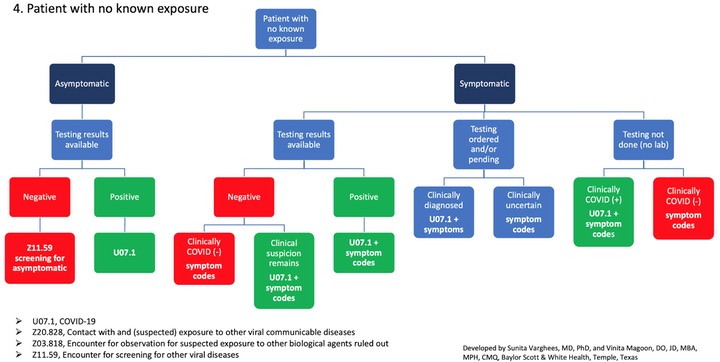Once Zhuang Zhou dreamed that he was a butterfly. He fluttered about happily, quite pleased with the state that he was in, and knew nothing about Zhuang Zhou. Presently he awoke and found that he was very much Zhuang Zhou again. Now, did Zhou dream that he was a butterfly, or was the butterfly now dreaming that he was Zhou?
— from the ancient Chinese text, Zhuangzi, dating from circa 300 BC.
For centuries — mostly likely, for millennia — people all around the world have maintained that nocturnal dreams provide access to information, about current or future events or situations, not available to us when we are awake. The information from dreams, however, was typically assumed to be cryptic, and useful only if it could be successfully and accurately ‘interpreted’. In many cultures, the job of dream interpretation fell to select individuals with assumed psychic powers. The village shaman, perhaps, or the local priest.
The obvious assumption here is that dreams are a doorway into a part of the universe — a particularly mysterious part — that we cannot enter except during our the dream state.
Modern science has been unable to prove or disprove this belief, partly because modern science limits its interpretation of the universe to the events that occur while the scientist is awake, events that happen repeatedly, and events that can be compressed into a “theory”.
In fact, modern science has made very little headway in explaining why humans (and other life forms) experience nocturnal dreams, and also had little success explaining the experience of waking consciousness. Neuroscience has identified numerous correlations between physiological events — in the brain and in the body — and the experience of dreaming and other forms of consciousness, but as yet has no way to explain why “consciousness” itself exists.
When researching consciousness, we (scientists, and journalists, and anyone else) are limited to one particular set of data: our very own. personal consciousness. It is impossible (as far as I know) to enter into, and explore, another person’s mind. Nor is it possible to enter into, and explore, another person’s dreams.
Paradoxically, consciousness is the only thing that we can truly identify as “real”, if we are being honest with ourselves. As philosopher René Descartes so aptly wrote in 1619, “I think, therefore I am.” Whatever intellectual or physical explorations we might engage in — searching for the edge of the universe, or defining the properties of subatomic particles, or developing a vaccine for a novel disease — all of these activities actually take place within our “consciousness.”
All experience, ultimately, is filtered through the mind. Consciousness is the basis of everything.
The difficulty faced by scientists in trying to explain why we all have these internal, personal experiences, is sometimes referred to by scientists and philosophers as “the Hard Problem”.
Some of the more interesting research going on during the 21st century is by a group of scientists and philosophers often referred to as ‘pan-psychists’. A pan-psychist recognizes that “science” is a belief system built around the idea that almost everything meaningful and important can be described using mathematics — but it’s virtually impossible to describe consciousness in terms of mathematics.
This might strike some people a weird idea — that “science” generally seeks to explain the world in terms of mathematics and “quantities”, but that’s a fairly accurate statement. Take, for example, our current pandemic. Most of us understand the SARS-CoV-2 virus as something that is causing enormous distress — emotional, medical, economic — around the world. As non-scientists, we may tend to perceive the situation in terms of varied conscious experiences: loneliness, fear, people wearing masks, shortages of paper goods, depression, anger.
These are “qualitative” concerns, as opposed to “quantitative” measurements.
How does “science” tend to view the pandemic? The villain in the story is, of course, a novel coronavirus, a living object with a certain shape and a certain size — approximately 60-120 nm (nanometers) in diameter. Here is how the virus is described, scientifically:
The basic organization of the coronavirus genome is shared with other members of the Nidovirus order (the torovirus genus, also in the family Coronaviridae, and members of the family Arteriviridae) in that the nonstructural proteins involved in proteolytic processing, genome replication, and subgenomic mRNA synthesis (transcription) (an estimated 14-16 end products for coronaviruses) are encoded within the 5′-proximal two-thirds of the genome on gene 1 and the (mostly) structural proteins are encoded within the 3′-proximal one-third of the genome (8-9 genes for coronaviruses). Genes for the major structural proteins in all coronaviruses occur in the 5′ to 3′ order as S, E, M, and N.
To the typical scientist, the global effects of the virus are also measured via mathematics.
The diagnosis of an individual patient can also be handled in a mathematically systematic fashion.
Not every aspect of ‘science’ has been reduced to mathematics, of course. A doctor might take your temperature (a number) and check your blood pressure (a number) and send off a test to find out how many viral particles were found in your saliva (a number), but they might also listen closely to your breathing and compare the sound to their idea of what healthy lungs should sound like. Making such a judgement about a patient’s breathing requires the doctor to access their conscious ‘qualitative’ experiences.
Qualitative experiences are not easily reduced to “numbers”.
One irreducible qualitative experience we all have, is of our own consciousness…
…the most mysterious part of which might be our nocturnal dreams.



